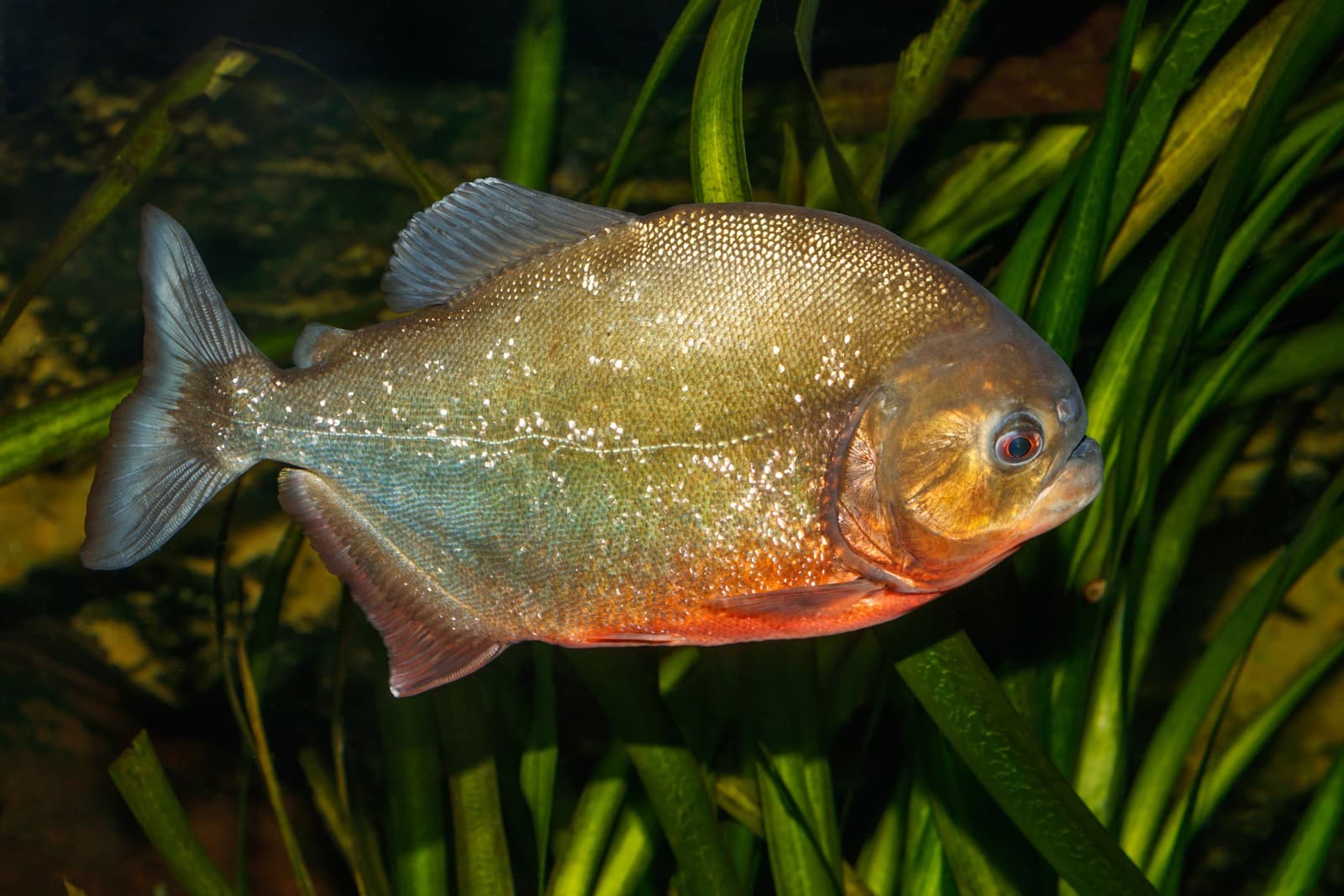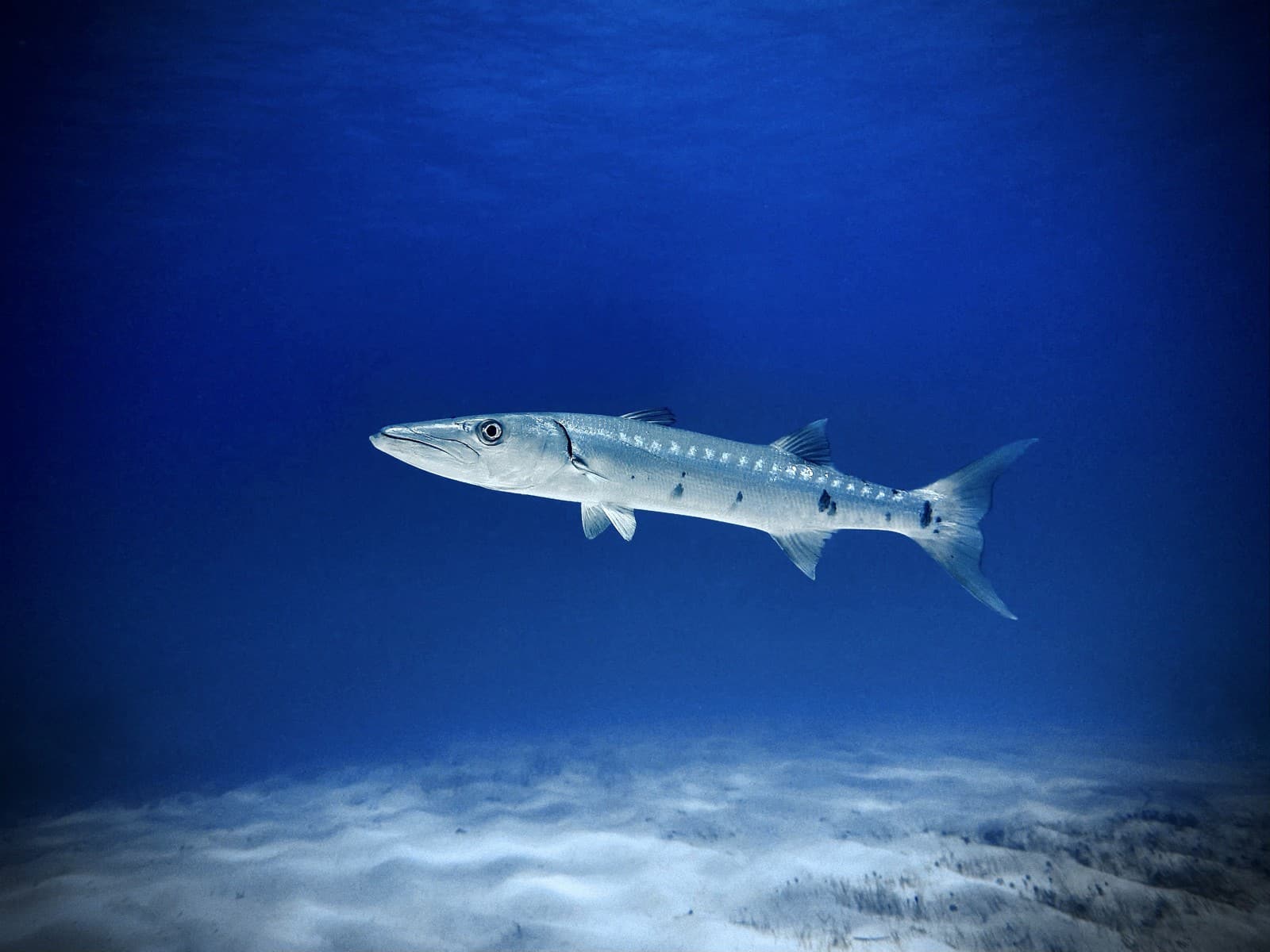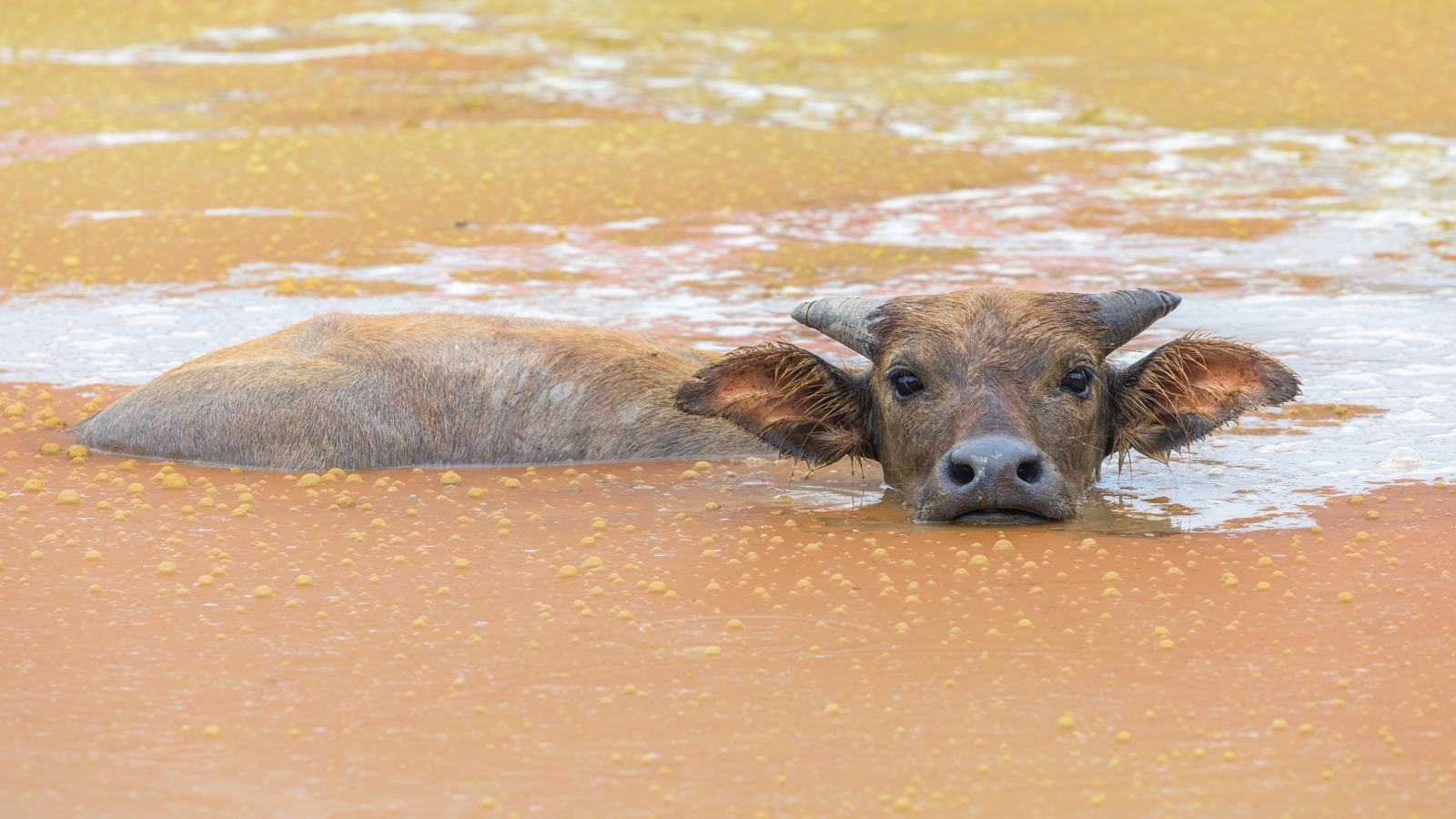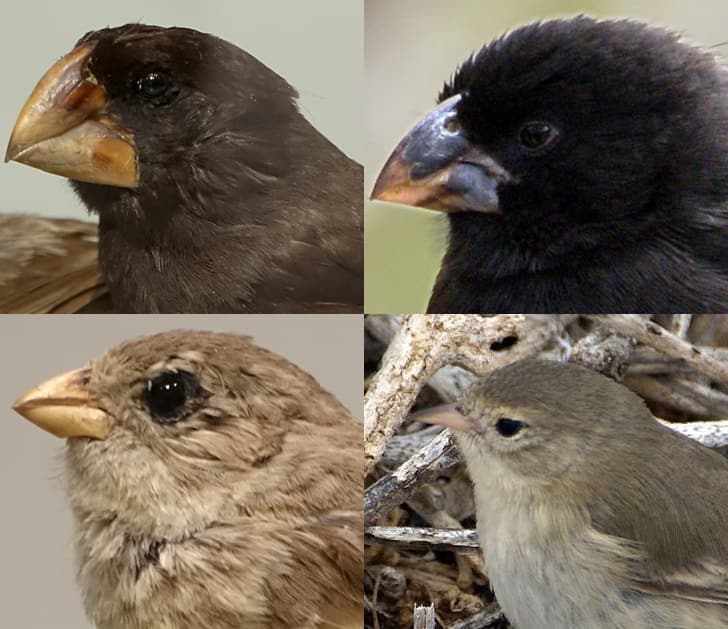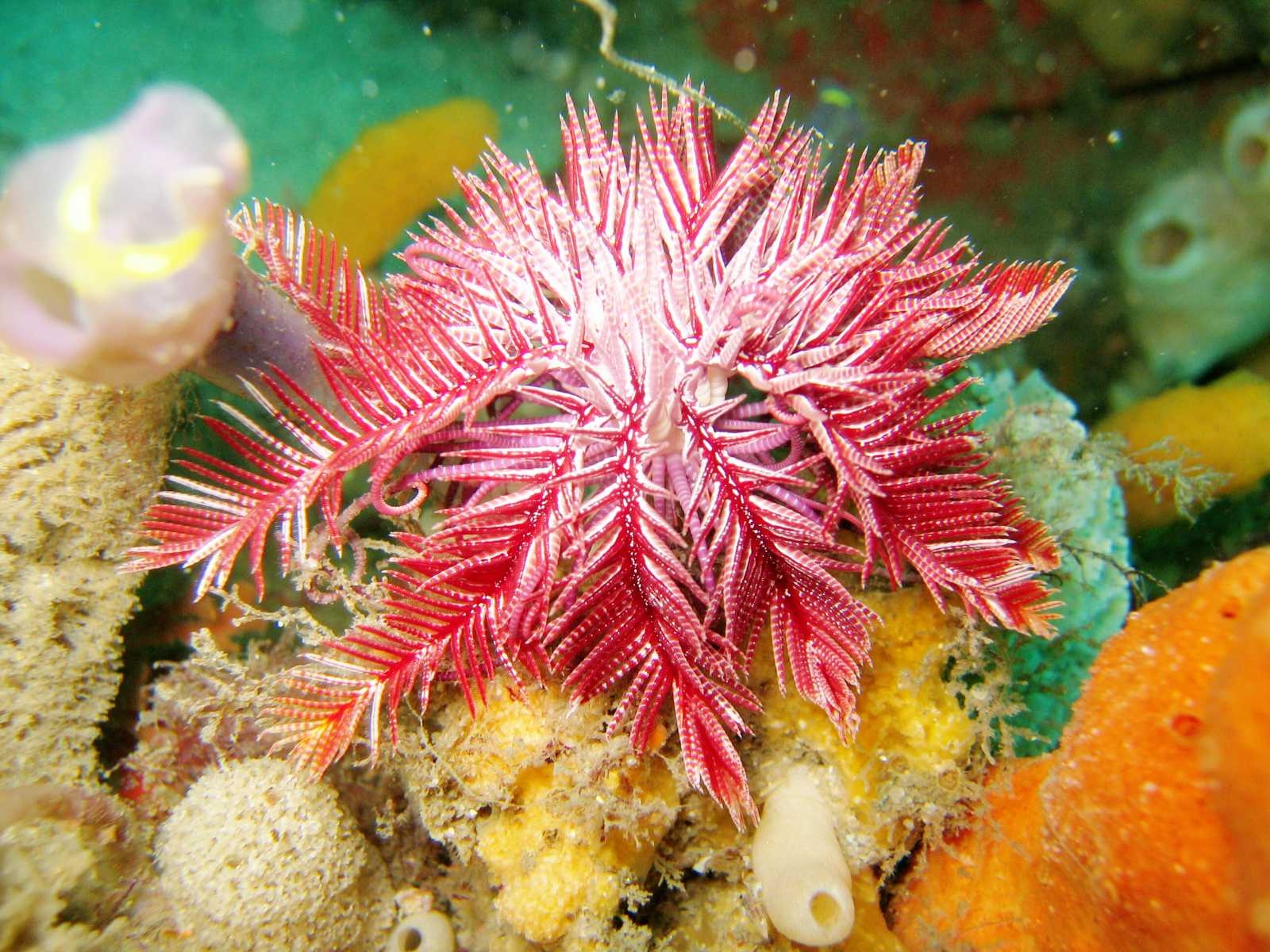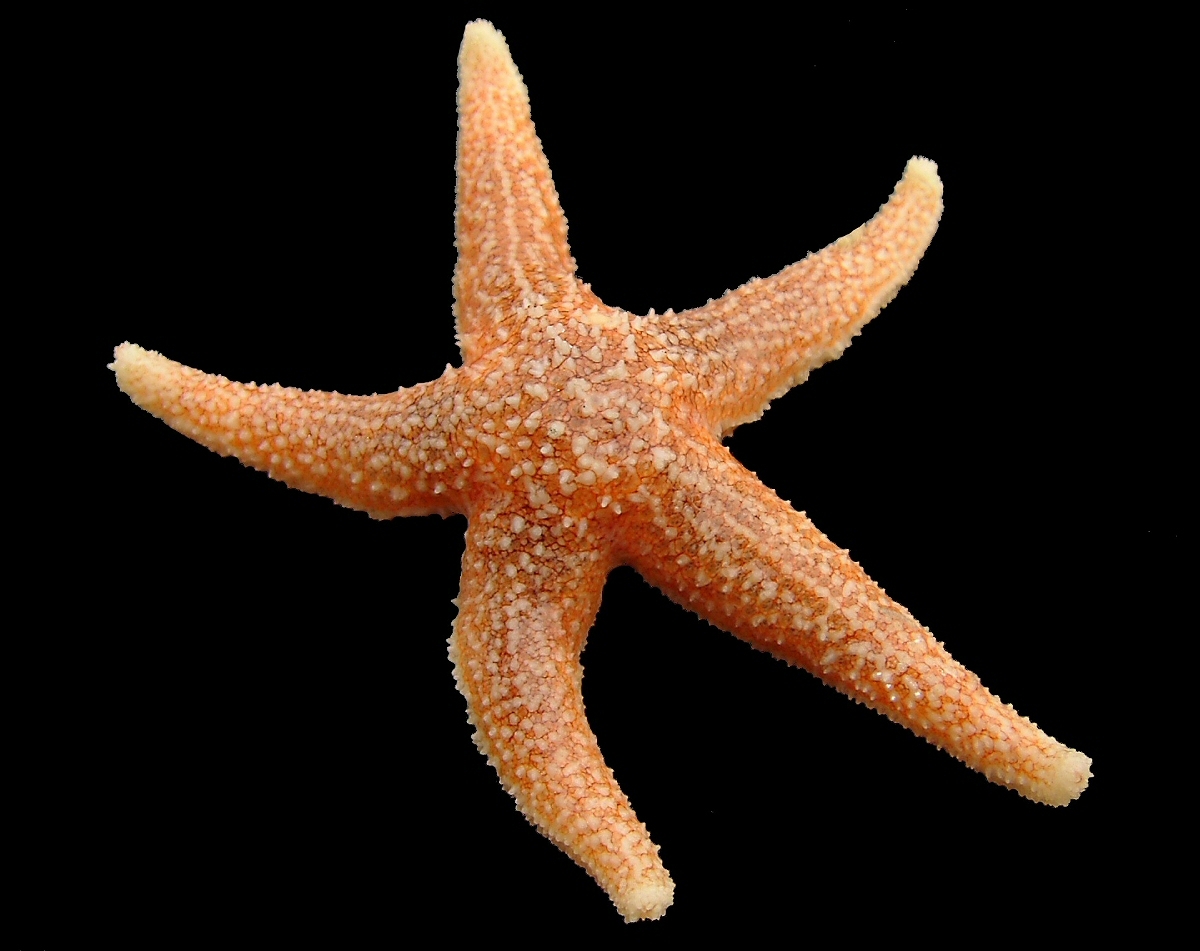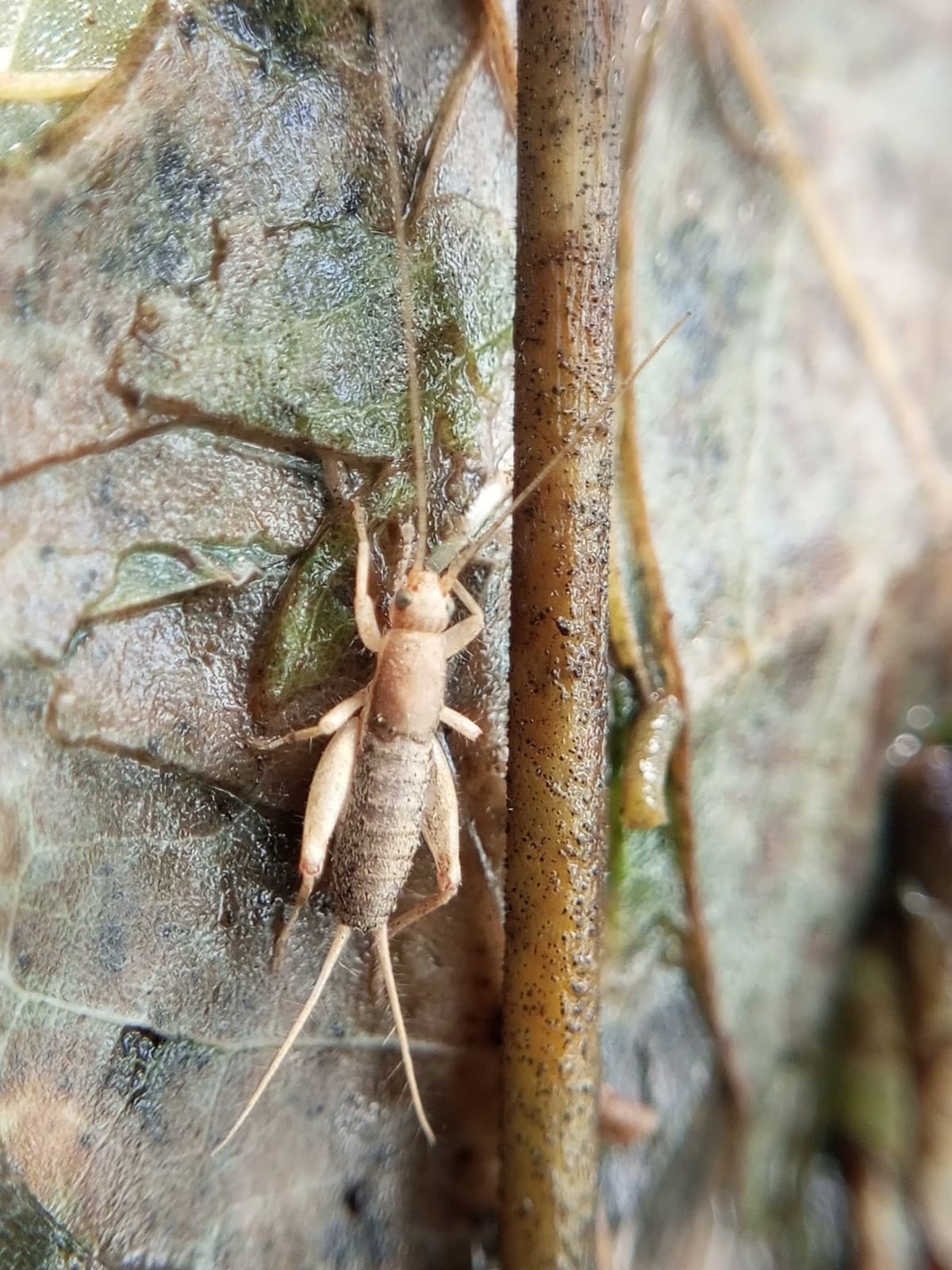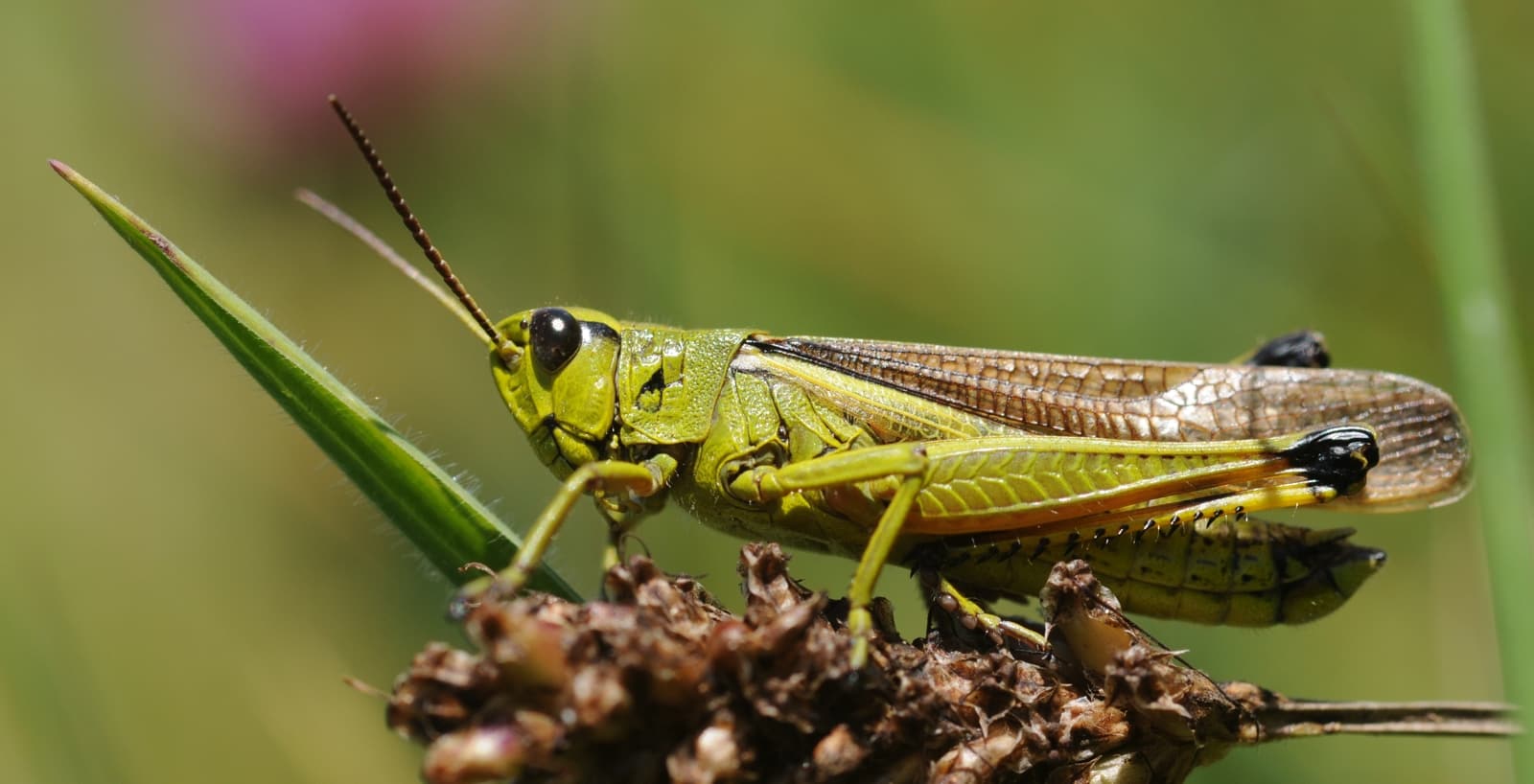Piranha vs Pacu: A Complete Comparison
While piranha and pacu share the same South American waters as close relatives, these distinctive fish species couldn’t be more different in their feeding habits and behavior. The notorious piranha, typically 5.5-10.2 inches (14-26 cm) long, sports razor-sharp triangular teeth for hunting prey, while the larger pacu, reaching lengths of 24-35 inches (61-89 cm), possesses flat, almost human-like teeth adapted for crushing nuts and fruits.
Despite their common ancestry, these Amazon basin inhabitants have evolved to occupy vastly different ecological niches. The piranha’s fearsome reputation as a predator contrasts sharply with the pacu’s primarily vegetarian lifestyle, though both species play crucial roles in their shared ecosystem.
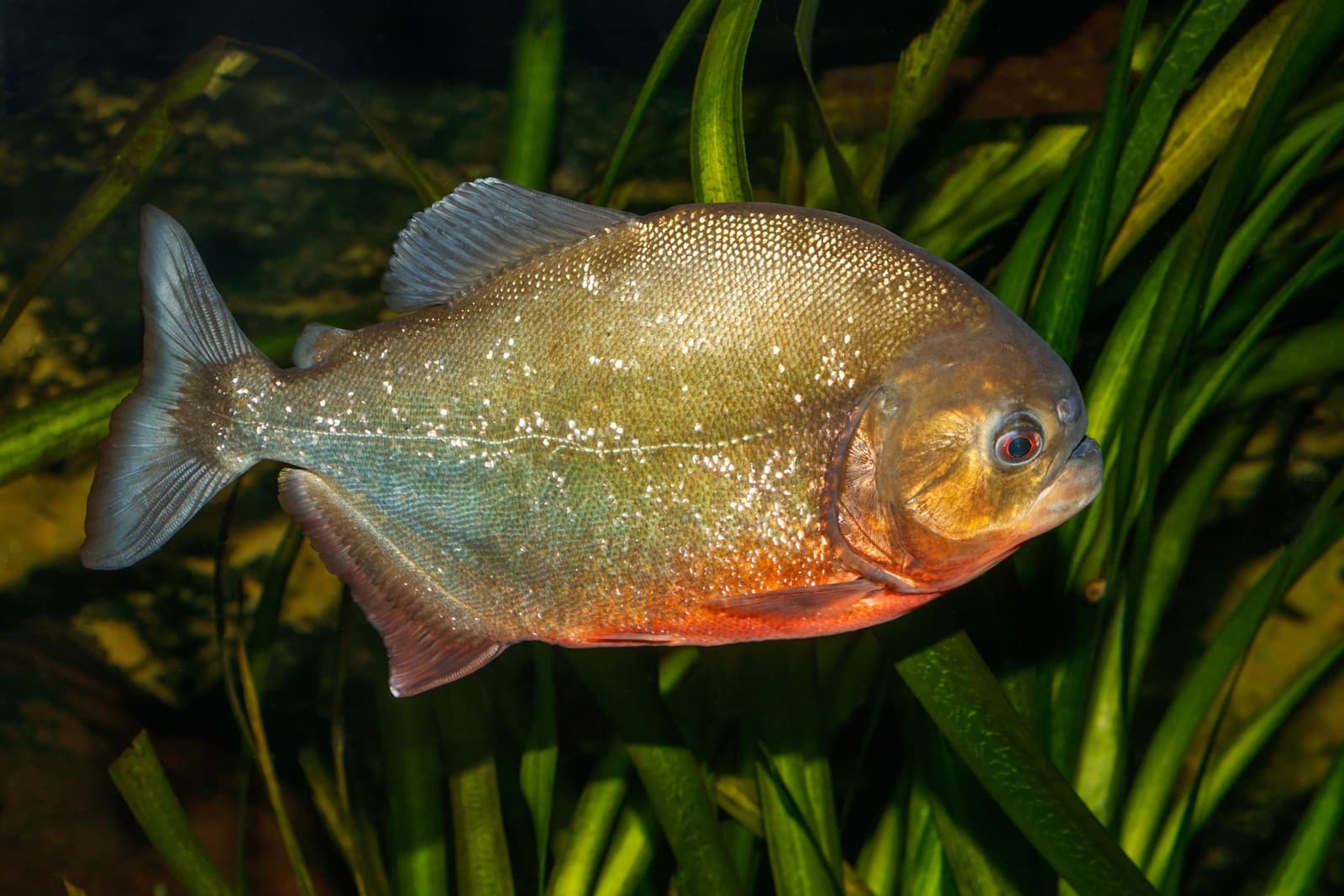
© H. Zell / CC BY-SA 3.0
The red-bellied piranha (Pygocentrus nattereri) displays its characteristic metallic sheen and powerful jaw structure, essential features for its predatory lifestyle in Amazon River systems.
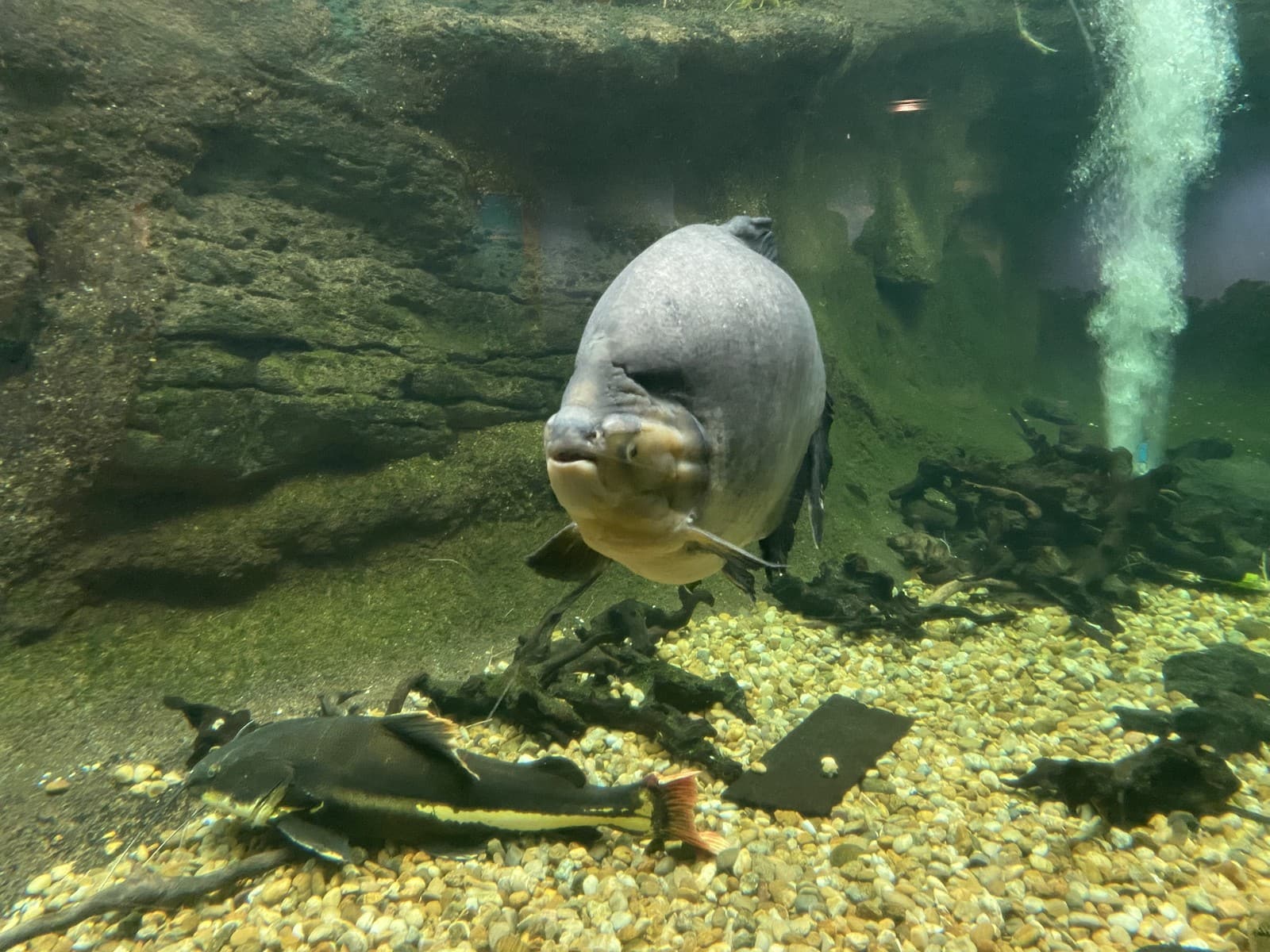
© Mint0ri / CC BY-SA 4.0
The pacu (Colossoma macropomum) exhibits its distinctive rounded profile and robust body structure, adaptations that support its herbivorous feeding habits in South American waterways.
Key Differences Between Piranha and Pacu
| Feature | Piranha | Pacu |
|---|---|---|
| Size | 5.5-10.2 inches (14-26 cm) | 24-35 inches (61-89 cm) |
| Weight | 2.2-3.3 lbs (1-1.5 kg) | Up to 88 lbs (40 kg) |
| Teeth | Sharp, triangular, interlocking | Flat, square, molar-like |
| Diet | Primarily carnivorous | Mostly herbivorous |
| Behavior | Often hunts in schools | Solitary or small groups |
| Lifespan | 10-15 years | 15-20 years |
Habitat and Distribution
Both piranha and pacu inhabit the Amazon River basin and its tributaries, but their preferred environments differ significantly. Piranhas typically occupy slower-moving waters with dense vegetation cover, while pacus range more widely, including flooded forests during high-water seasons where they feed on fallen fruits and nuts.
Dietary Differences and Feeding Behavior
Piranha Feeding Habits
Piranhas are opportunistic carnivores, primarily feeding on:
- Small fish
- Crustaceans
- Fallen animals
- Scales and fins of larger fish
Pacu Feeding Habits
Pacus demonstrate predominantly herbivorous behavior, consuming:
- Tree nuts and seeds
- Fallen fruits
- Aquatic plants
- Occasional small invertebrates
Physical Characteristics
The most notable distinction between these species lies in their dentition. Piranhas possess sharp, serrated teeth arranged in a single row that interlock perfectly - an adaptation for tearing flesh. Pacus, conversely, have two rows of molar-like teeth suited for crushing hard foods like nuts and seeds.
Conservation Status and Human Interaction
While neither species faces immediate extinction threats, both encounter challenges from:
- Habitat degradation
- Commercial fishing pressure
- Water pollution
- Climate change impacts
Who Would Win: Piranha vs Pacu?
In theoretical confrontations, piranhas hold several advantages:
- Superior attacking capabilities
- Razor-sharp teeth designed for predation
- Pack hunting behavior
- More aggressive temperament
However, pacus possess:
- Significantly larger size
- Greater individual strength
- Robust body armor
- Better endurance
Despite the piranha’s fearsome reputation, adult pacus’ size advantage typically ensures mutual avoidance in natural settings.
Aquarium Considerations
For those considering these species as pets, important distinctions exist:
- Piranhas require specialized permits in many regions
- Pacus grow too large for most home aquariums
- Both species need precise water parameters
- Different dietary requirements affect maintenance costs
Understanding these fundamental differences between piranha and pacu helps maintain proper species identification and supports responsible aquarium keeping practices while appreciating their unique roles in Amazonian ecosystems.
